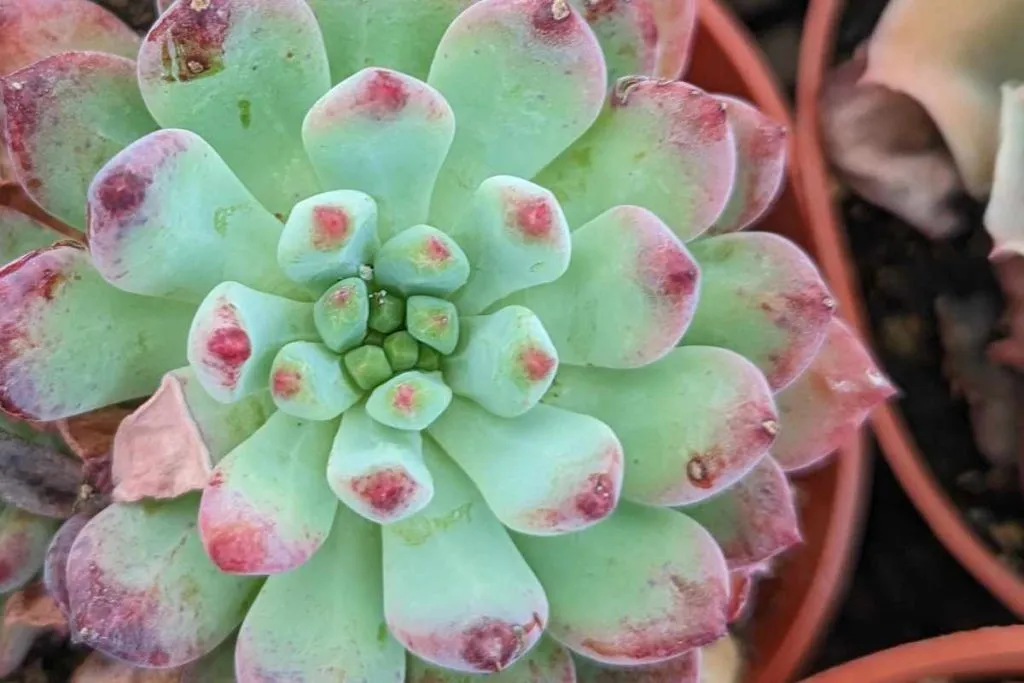Learn More About the Certain Plants That Are Adversely Impacted by Epsom Salt Application
Epsom salt, a preferred family remedy for numerous gardening distress, is frequently praised for its useful results on plant growth. Not all plants respond positively to its application. Comprehending the certain plants that can be adversely impacted by Epsom salt is essential for any type of garden enthusiast looking to optimize their plant treatment regimen. Roses, tomatoes, azaleas, peppers, and rhododendrons are simply a couple of examples of plants that may not respond well to Epsom salt. The reasons behind these unfavorable impacts and exactly how to alleviate them are essential expertise for maintaining a growing yard.
Roses

Roses, specifically conscious modifications in their environment, can be adversely influenced by the application of Epsom salt. While Epsom salt is generally utilized as a fertilizer to advertise plant growth and enhance blooming, roses are one of the plants that do not respond well to its application. The high magnesium material in Epsom salt can hinder the uptake of various other necessary nutrients by the rose plants, resulting in shortages that materialize as yellowing fallen leaves or stunted growth.

Tomatoes
Tomatoes, understood for their convenience in culinary applications, can exhibit negative impacts when revealed to Epsom salt because of their details nutrient requirements. While Epsom salt is often promoted as a solution for various plant problems, including bloom end rot in tomatoes, its application can bring about harmful results otherwise used carefully. Tomatoes are heavy feeders that call for a well balanced intake of nutrients, especially calcium, to prosper. Extreme Epsom salt, which is magnesium sulfate, can interrupt the delicate nutrient equilibrium needed by tomatoes, potentially resulting in deficiencies in various other essential nutrients like calcium. This imbalance might show up in signs such as stunted development, yellowing fallen leaves, or even lowered fruit production in tomatoes. When taking into consideration the usage of Epsom salt on tomatoes, it is vital to stick to suggested application prices and soil testing to stop unexpected effects on the total health and wellness and efficiency of these precious garden plants.
Peppers
Peppers, prized for their different colors and levels of spiciness, can demonstrate vulnerability to negative influences from Epsom salt when not applied with treatment and factor to consider for their specific nutritional requirements. what plants don't like epsom salt. Peppers, coming from the Solanaceae household, call for a delicate balance of nutrients to grow. While Epsom salt is understood to boost magnesium degrees in plants, excessive application can disrupt this balance, resulting in negative effects on pepper plants
When peppers are revealed to high levels of magnesium from Epsom salt, it can disrupt the plant's capability to take in various other vital nutrients like calcium and potassium. This imbalance might show up in signs such as fallen leave staining, stunted growth, and minimized fruit manufacturing. Furthermore, the extreme magnesium can change the soil pH, more intensifying nutrient uptake concerns for peppers.

Rhododendrons
Offered the level of sensitivity of specific plant species to discrepancies brought on click this by Epsom salt, it is vital to consider the effect on Rhododendrons, which additionally need certain nutrient degrees to grow. Rhododendrons are acid-loving plants that prefer acidic soil conditions with a pH array in between 4.5 and 6.0. Epsom salt, chemically referred to as magnesium sulfate, can change the dirt pH and interfere with the fragile equilibrium of nutrients essential for Rhododendron health.

To preserve the optimal development and wellness of Rhododendrons, it is crucial to avoid the unplanned use Epsom salt and instead concentrate on supplying the details acidic dirt problems and nutrients that these plants require for flourishing.
Azaleas
Azaleas, recognized for their lively blooms and wide array of colors, are ornamental hedges that come from the Rhododendron genus. These preferred blooming plants are frequently located in gardens, parks, and landscapes as a result of their charm and versatility. Azaleas are sensitive to modifications in soil pH degrees, which can considerably influence their development and general health. While Epsom salt is generally utilized as a treatment for magnesium shortage in plants, its application to azaleas can have unfavorable effects.
Azaleas choose slightly acidic soil conditions, and an extra of magnesium from Epsom salt can disrupt this equilibrium, leading to nutrient discrepancies and possible toxicity concerns. The incorrect application of Epsom salt can result in stunted development, yellowing of fallen leaves, and overall decrease in the wellness of azaleas.
Conclusion
To conclude, it is very important to be knowledgeable about the certain plants that can be adversely influenced by the application of Epsom salt. Roses, tomatoes, rhododendrons, peppers, and azaleas are some examples of plants that might not profit from Epsom salt and could even experience injury. It is important to research and recognize the requirements of each plant varieties prior to utilizing Epsom salt as a plant food to guarantee their health and health.
Recognizing the specific plants that can be detrimentally affected by Epsom salt is crucial for any type of garden enthusiast looking to maximize their plant treatment routine. While Epsom salt is generally used as a plant food to advertise plant growth and improve blooming, roses are one of the plants that do not respond well to its application.Extreme usage of Epsom salt can also result in a build-up of salts in the dirt, leading to root damage and dehydration of next page the rose plants. While Epsom salt is understood to enhance magnesium levels in plants, extreme application can interrupt this equilibrium, leading to damaging this hyperlink impacts on pepper plants.
The high salt material in Epsom salt can additionally dehydrate Rhododendron roots, triggering more stress and anxiety and damage to the plant. (what plants don't like epsom salt)